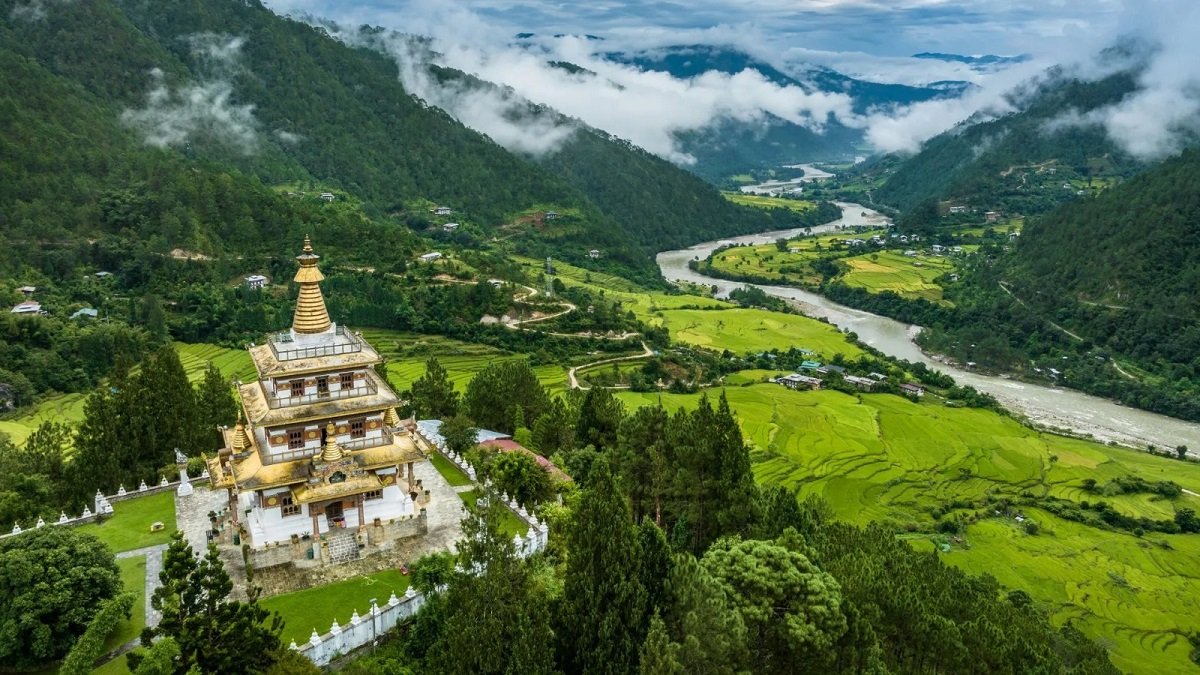Bhur Meteorological Station in Sarpang recorded the highest daily maximum temperature of 2024, surpassing previous records, indicating the intensifying impacts of global warming on the Himalayan region. The Bhur Meteorological Station in Sarpang recorded the highest daily maximum temperature in 2024, indicating the intensifying effects of global warming on the Himalayan region. Bhutan’s climate data shows consistent temperature rise, with annual average maximum and minimum temperatures rising from 22.54°C in 2019 to 23.18°C in 2024 and 2023 respectively. Extreme heat events intensify in Bhur, Phuentsholing, Punakha, and Haa, with daily minimum temperatures consistently ranging from -12.5°C to -9.0°C, indicating slight warming in colder regions. Bhutan’s glaciers, including Thana, Gangjula, and Shodug, are retreating rapidly due to rising temperatures, posing significant risks to water security and downstream communities.
Assuming that one kilogram of ice is equivalent to one liter of water, the average annual loss of 1,667 kg/square meter is equivalent to approximately 1.038 trillion liters of water. About 415,000 Olympic-sized swimming pools, each with a capacity of roughly 660,000 gallons or 2.5 million liters, could be filled with this volume of water. Assuming that each individual consumes roughly two liters of water daily. The United Nations has designated 2025 as the International Year of Glaciers Preservation in recognition of the pressing need to preserve glaciers. To increase awareness and support international efforts to stop glacier decline, March 21 will be designated as World Glacier Day every year.

